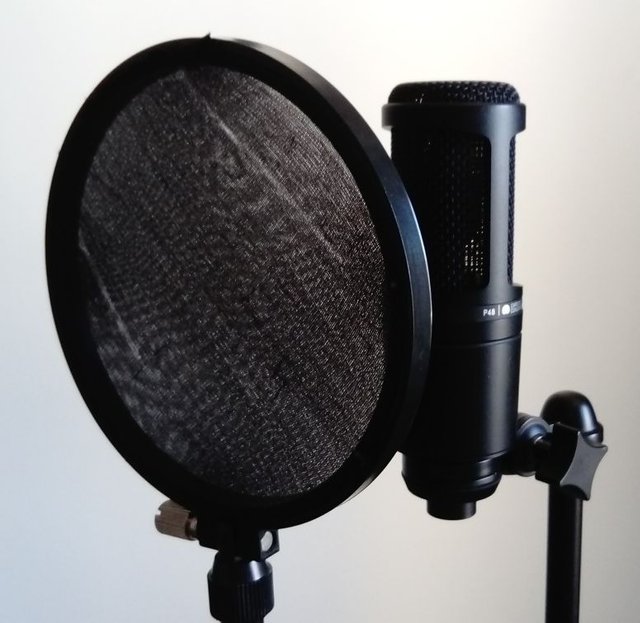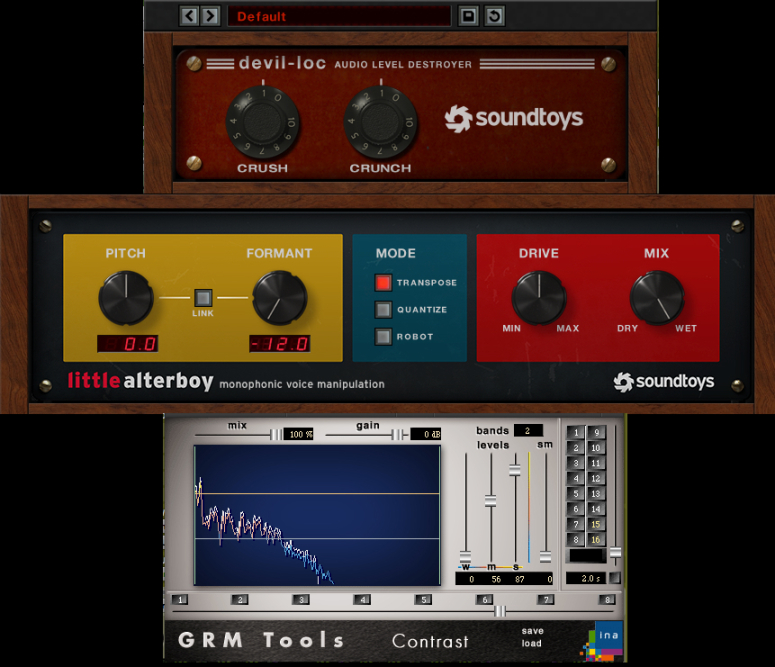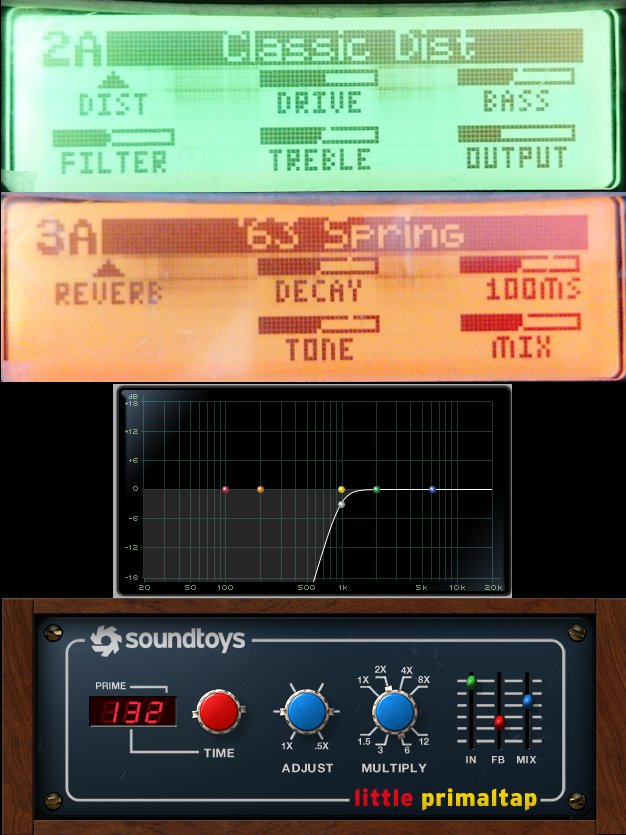Sound design: when you can’t scream, whisper - how to create a wild scream just by whispering

My immediate reaction was of total astonishment. “Is this possible? I mean, is this right?” My cousin had lent me his copy of “Get A Grip” by Aerosmith, and right after the first track, a clear burp was giving me a lesson on vocal experimentation. A burp! just like that. I didn’t see that coming.
I reached the next milestone when I discovered Deftones and realized that anything was possible. It was alright to scream in music. I was a teenager and the act of screaming strongly resonated with me.
Some years later, I was watching a local metal band playing live on TV and had another jaw-dropping moment. The screams were amazing. It all sounded as if a wild animal or tormented spirit from another world grabbed a microphone and started telling his tales. Only that the singer was a human being who barely opened his mouth.
While some other metal singers were literally putting a lot of energy and effort in every word they were delivering, this guy seemed to be calm, quietly opening his mouth to sing, and yet he made the wildest scream I’d ever heard. It was surreal.
How do they do it?
The technique they use is quite interesting and explaining it is out of the scope of this article. Melissa Cross is the world’s most renowned vocal coach in the art of screaming and she has released a lot of instructional material explaining her technique. It involves using overtones and false vocal chords, among many other things.
A way around
What if you don’t want to become a singer nor a touring screaming metal vocalist? It takes several months of hard work to master screaming. If learning that technique is not on your plan, you can still get some very nice and wild screams on your record, all you have to do is to start whispering.
Recording the whisper
Make sure you use a pop filter and get really close to the microphone. The more air you put into the whisper, the better. Imagine yourself drinking your favorite drink after being insanely thirsty, and when you finish, you make this relieving sound: “ah…” . That’s the type of whisper we’re talking about. It’s actually a mix of whispering and exhaling.

Image: A microphone with a pop filter
Exorcising the whisper
In order to awake the devils in your whisper, we need to unveil the crunch within first. Soundtoys’ devil-loc works pretty well for this. Its name says it all, this compressor can really create wild sounds just by using its default settings (turning the knobs to ‘1’ for “crush” and “crunch” should be enough).
After adding some crunch, we can alter the vocal formant to make it sound more like a wild creature and less like you, shiny-happy human. I personally like to use Soundtoys’ little alterboy, using the “transpose” option and changing the formant to twelve semitones below to get a deep tone. Applying its built-in tube drive will add some growl to the signal.
Now, if we take the wet signal from the little alterboy and connect it into the GRM Contrast plugin, we will get the first draft of our monster. I introduced this plugin some weeks ago in another article and explained how it modifies the signal. For my own vocal tone, I normally use ‘0’ for the weak signal (“w”), ’56’ for the moderate (“m”) and ’87’ for the strong (“s”). Start from there and play with the parameters to find the values that work better for your own voice.

Image: Designing the scream – processing chain
The next level
So far, we have a raw scream that it’s not yet convincing but it has the nature of a rasping voice. Now we can start processing it the same way metal vocals are processed, or kind of. A classic distortion is applied first followed by a spring reverb (both from a Line 6 M9 Stompbox modeller), then a high-pass filter to get rid of unnecessary information in the low-end and the cherry on top is Soundtoys’ primaltap, for adding that depth that makes it seem to come from a caged animal.
The result is a consistent, rock-solid scream that doesn’t seem to come from a whispering voice¹. Depending on how you combine all the elements, you can come out with a death metal scream sound or something softer, but I must warn you that you can get very eerie sounds using this procedure.

Image: Mixing a scream – processing chain
Final thoughts
Although this method gets you pretty nice screams to include in your tracks, it can’t replace a trained vocalist. It’s just a different approach and you’ll get a different result. We can take synthesizers as an analogy: they are not meant to replace other instruments but you can still create some amazing sounds with them. Actually, you can get some sounds you’ll never get from a “traditional” instrument. This method is the same. It’s not intended to get exactly the same scream you would with a vocalist. Instead, it gives you some scream-like sounds to play with. Some of them are close to a real one, some others doesn’t seem to come from this world.
(1: example at 3:32: https://soundcloud.com/miguelangelux/que-nos-maten-ya-de-una-vez)
Written by Miguel Chambergo
This article was originally published in CrackingSound